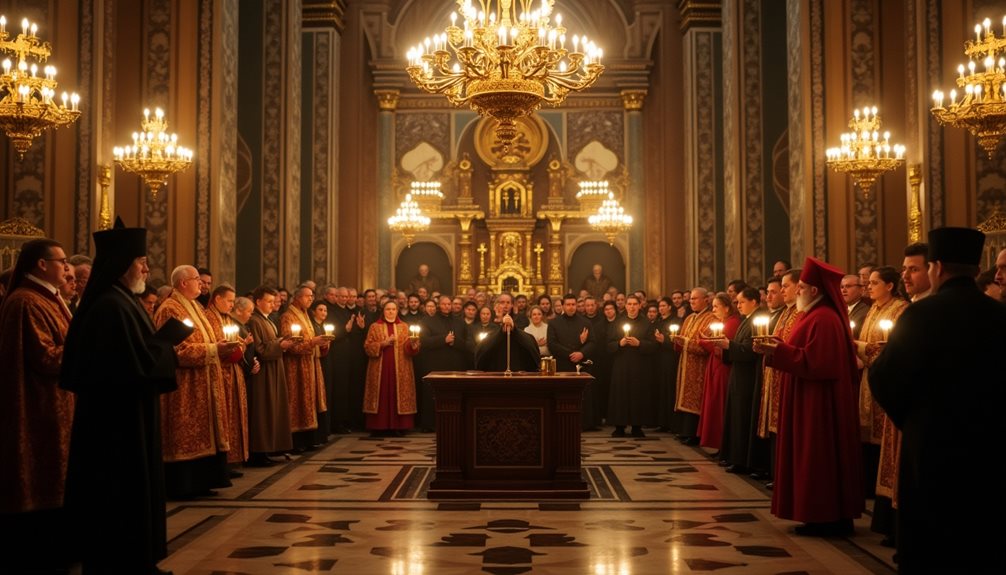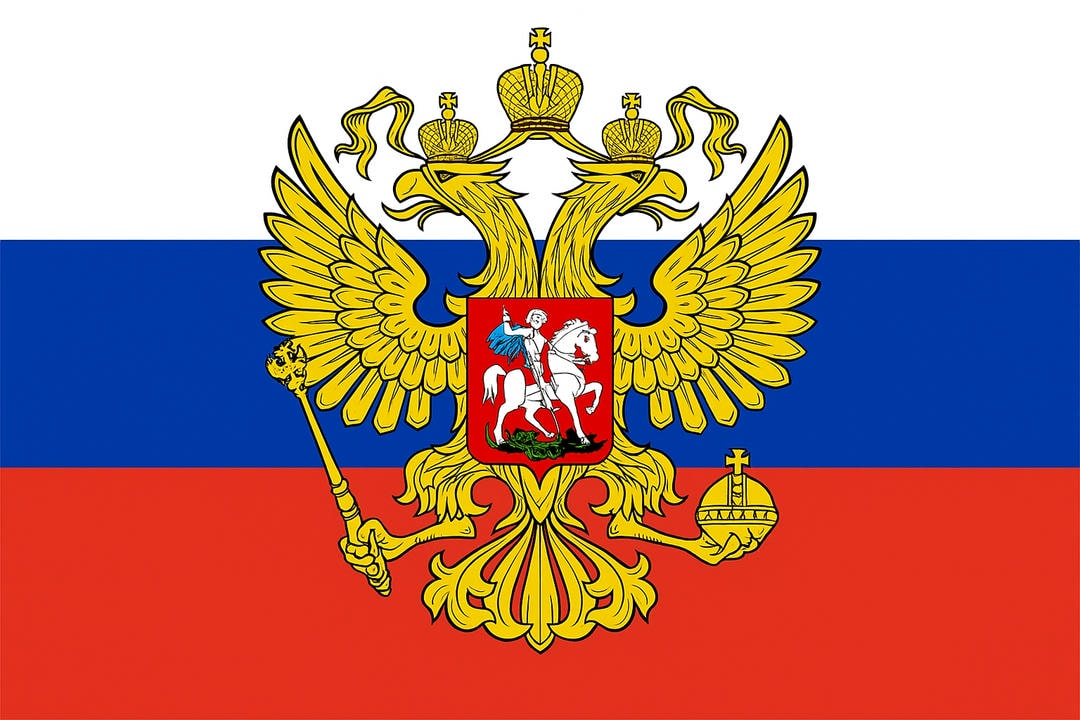Nestled in the heart of Moscow, the storied Detsky Mir, or “Children’s World,” has long been a beacon of childhood wonder and nostalgia since its inception in 1947. As Russia’s largest children’s goods retailer, it has seamlessly evolved from its Soviet-era roots to a modern shopping haven following its 2015 renovation. Beyond its impressive array of products, the store offers interactive exhibits and activities that captivate both the young and the young at heart. But what truly sets Detsky Mir apart, ensuring its legacy endures across generations, is a narrative yet to be fully explored.
Introduction
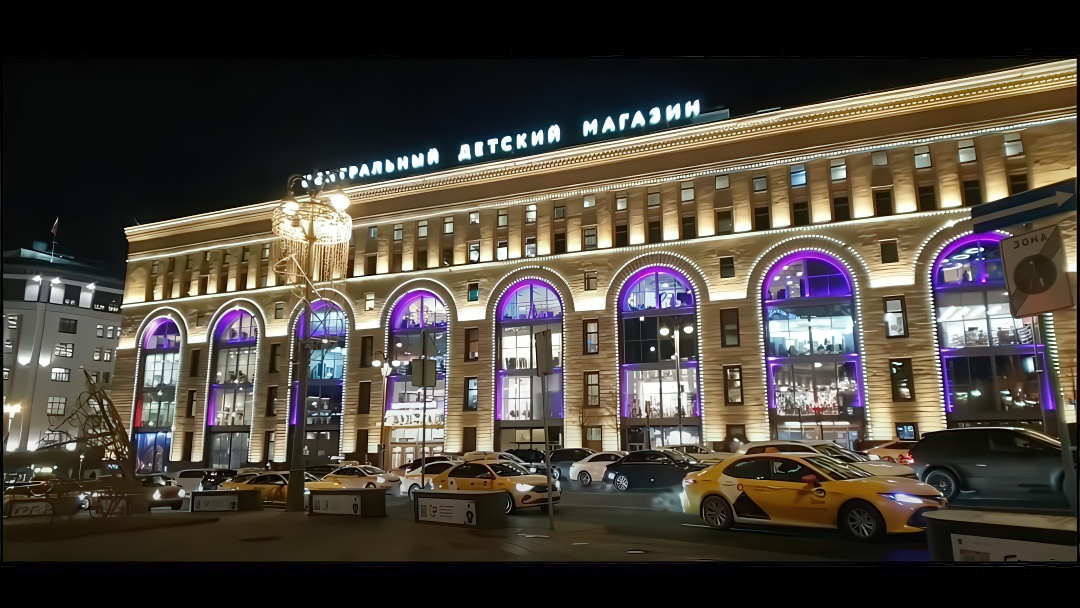
Situated in the heart of Moscow, Detsky Mir (Детский мир) is a landmark of historical and cultural significance. Established in 1947, it has become a beacon for children’s trends and innovative retail experiences.
As one of Russia’s largest children’s stores, Detsky Mir offers a diverse range of products, including toys, clothing, and educational materials, all tailored to meet evolving consumer preferences. The store also hosts family activities that foster community engagement, enriching the overall visitor experience.
The store is also a hub for children’s literature, presenting timeless tales that inspire a love for reading. In addition to books, Detsky Mir stays current with toy trends, offering a selection that reflects modern playtime activities. Cultural toys provide children with insights into diverse traditions and histories.
Through its extensive offerings, Detsky Mir not only caters to the practical needs of children but also enhances their developmental experiences, making it a beloved destination for families across Moscow and beyond.
History of Detsky Mir
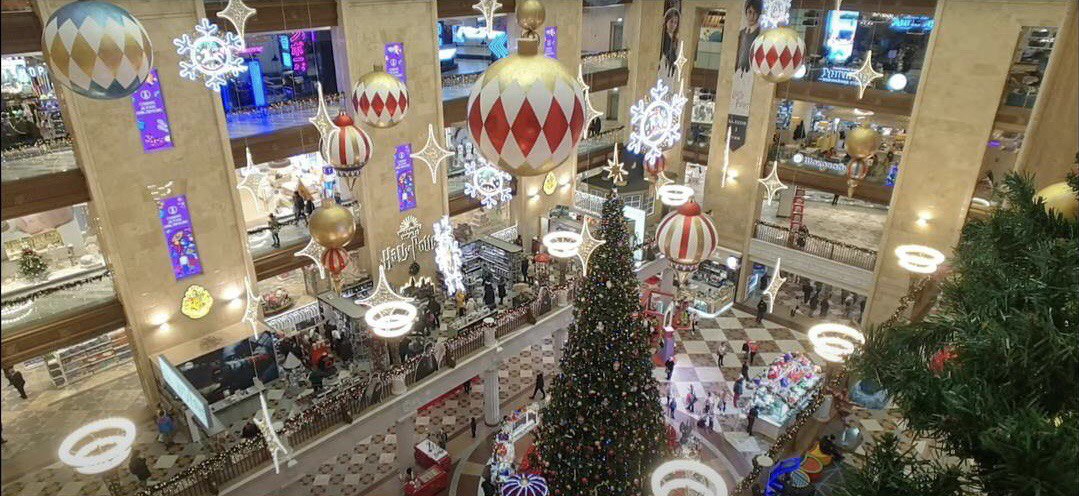
The history of Detsky Mir, a prominent children’s department store in Moscow, began in 1957 under the design of architect Alexei Dushkin. Officially opened on June 6, 1957, it quickly became the largest store of its kind in the Soviet Union, symbolizing the era’s retail ambitions and catering to families’ needs in a recovering post-war society. Its innovative architectural design and expansive layout not only made it a landmark but also reflected the cultural landscape of Moscow, becoming a cherished destination for generations of children and parents.
Detsky Mir was more than a retail space; it fostered community engagement and served as a cornerstone of childhood memories for many Soviet families. The store’s carefully curated selection of toys blended educational values with cultural nostalgia, shaping the experiences of young shoppers. As the retail landscape evolved, Detsky Mir adapted while maintaining its mission to nurture young minds.
With the dissolution of the Soviet Union, Detsky Mir faced challenges in a rapidly changing economic environment. Transitioning from a centrally planned economy to a market-driven one required modernization and rebranding efforts. In 2008, the store closed for renovations, reopening in March 2015 as the Central Children’s Store on Lubyanka. This transformation preserved its historical essence while integrating modern design elements.
Today, the Central Children’s Store spans six stories and offers a diverse range of products, from toys to educational materials. Engaging marketing strategies and digital integration enhance customer experience, ensuring it remains a dynamic destination for both locals and tourists. With family cafes, interactive exhibits, and cultural activities, Detsky Mir continues to be a vibrant hub for family-friendly entertainment in Moscow.
The World’s Largest Children’s Clock
The Central Children’s Store in Moscow captivates visitors not only with its grand architecture but also with its remarkable attractions, including the world’s largest children’s clock.
This monumental timepiece stands as a symbol of the store’s iconic architecture and its commitment to creating unforgettable childhood memories.
Situated at the heart of the store, the clock symbolizes more than just time-keeping; it embodies a blend of retail evolution and cultural nostalgia.
Families gather beneath its ornate design, fostering family bonding as they revel in the enchanting atmosphere.
This attraction has become a focal point for visitors, drawing them into a world where past and present converge, and where the magic of childhood is celebrated through an enduring symbol of wonder and imagination.
Fun Facts about Detsky Mir
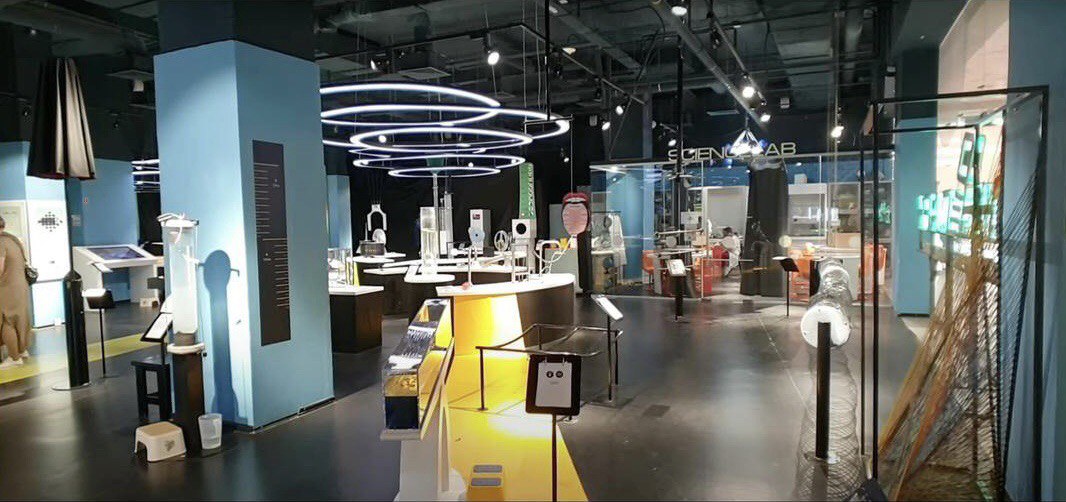
Detsky Mir, recognized as a cultural heritage site, holds a special place in the hearts of many as a symbol of childhood nostalgia across generations.
The store offers unique experiences with its ice cream stands, themed merchandise, and interactive play areas, creating an engaging atmosphere for children and adults alike.
Interactive experiences invite children to engage with products dynamically, fostering entertainment and learning. Exclusive collaborations with renowned brands offer limited-edition items, enhancing the allure for collectors. Additionally, Detsky Mir prioritizes educational resources that promote cognitive development and creativity.
The store features attractions such as ice cream stands with delightful flavors and themed merchandise showcasing beloved children’s characters. Thoughtfully designed play areas encourage exploration and creativity, while various children’s events add excitement and community engagement.
Visitors are enveloped in an atmosphere that blends retail with entertainment. Family-friendly activities ensure enjoyment for all ages, while interactive exhibits provide educational encounters beyond consumerism.
Detsky Mir has transformed from a Soviet-era icon into a modern family shopping destination, reflecting broader societal changes. Today, it continues to draw families from all over, blending traditional charm with contemporary retail trends. As it thrives as a modern retail powerhouse, Detsky Mir remains significant in Russian culture, embodying cherished childhood memories for many.
This iconic store fosters family bonding by providing a space where parents and children connect over shared experiences. Despite evolving into a modern retail entity, Detsky Mir retains its historical charm, bridging the past with the present and shaping contemporary Russian cultural identity.


